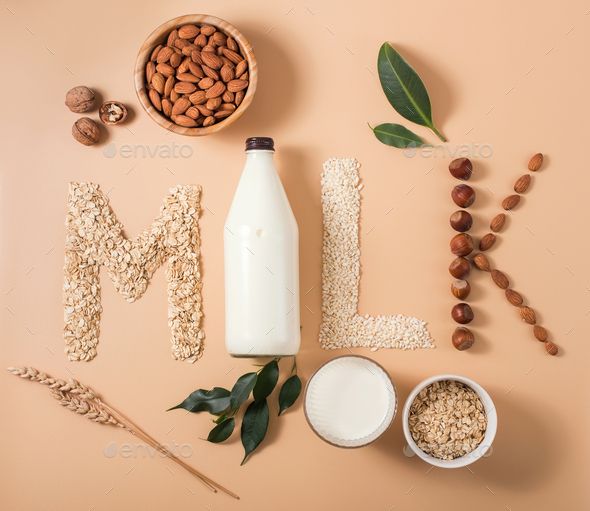Plant-based milk has emerged as the largest category in North America’s plant-based food sector, experiencing a 5% growth last year, with sales nearing $2 billion. Surprisingly, the plant milk market now constitutes around 10% of the entire milk market, offering consumers more choices than ever before.
Currently, almond milk dominates the North American market, holding nearly two-thirds of the market share, followed by oat milk, the fastest-growing product, and soy milk. However, the industry is rife with innovation, introducing new developments and plant-based milk alternatives, sometimes referred to as “milk substitutes,” crafted from a broader range of ingredients. Pea and barley beverages are among the latest additions to this evolving market.
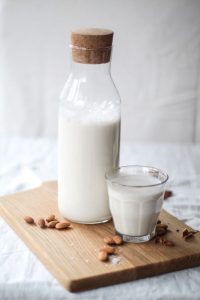
Several factors contribute to the popularity of plant-based milk. The rising adoption of vegetarian and plant-based diets for health and ethical reasons, coupled with environmental concerns, has driven acceptance. Advocates claim that plant-based milk has a lower greenhouse gas (GHG) footprint compared to dairy production—although the dairy industry disputes these figures, highlighting the complexity of the overall situation. The noticeable increase in lactose intolerance levels in developed countries also contributes to the growing demand.
Plant-based milk options allow consumers to express their taste preferences and identities, particularly in cafes and restaurants reopening after lockdowns. As an industry analyst noted earlier this year, “Choosing a specific type of plant-based milk at Starbucks seems to be a way of self-identification.”
While milk has traditionally been viewed as a beverage or dietary complement, such as an ingredient or paired with cereals, there is a growing indication that plant-based beverages, especially those with thicker textures resembling yogurt or sold as standalone drinks, are perceived as healthy snacks. Research from the Brisan Group indicates that as much as one-third of these products are considered snacks, with 61% seen as a “treat.”
Globally, soy milk products remain the most popular, comprising 29.5% of global revenue in 2019 (though there is a growing demand for oat products). Coconut beverages stand out as one of the fastest-growing segments, projected to grow by 8.6% between 2020 and 2027. Among all types of plant-based milk, the plain flavor dominates, accounting for 71.1% of total value.
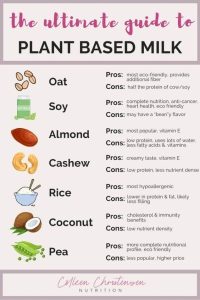
Plant-Based Milk Production
Contrary to public perception, the concept of plant-based milk is not new. Soy “milk” made from soybeans has a long history in China, dating back to 1365, while almond milk was recorded in the Middle East in the 13th century. A commercial soy milk factory was established near Paris in 1910, and the demand for soy milk increased in the 1970s and 80s as awareness of lactose intolerance grew.
There are primarily two processing methods for plant-based milk: wet milling or dry milling. Wet milling involves soaking the raw materials in a substantial amount of water and grinding for up to 12 hours. In some cases, enzymes are added to hydrolyze starch (as in oat milk production). Dry milling involves grinding the raw materials into flour or powder, processing as needed to separate starch, proteins, and fibers, and then hydrating. Dry processing results in higher protein content in the final product.
This production method means that if the soaked product is not ground finely enough, a significant amount of waste is generated when the mixture is filtered. Thoroughly mixing the product is crucial, especially for those containing oils or thickeners and stabilizers. Therefore, maintaining product consistency is a key goal of the manufacturing process, influencing the choice of processing equipment, including pumps and heat exchangers.
Drawbacks of Plant-Based Milk
Plant-based milk falls short in protein levels and essential amino acids compared to the natural nutritional components of milk. However, besides being lactose-free, they also have lower saturated fat and cholesterol content than non-fat milk.
Plant-based milk has faced criticism in some countries and regions, including the EU, where such products cannot be sold or marketed as “milk” or “yogurt.” Additionally, supporters of dairy argue that plant-based beverages undergo extensive processing, containing additives, whereas milk undergoes homogenization and pasteurization only.
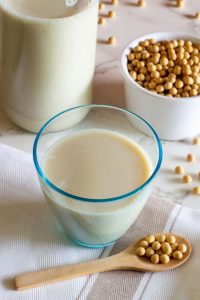
Despite this, many of the world’s largest dairy companies, such as Lactalis, Nestlé, and Danone, are investing in dairy alternatives through product development or company acquisitions, indicating significant interest in the industry. Some market analysts believe that the market is ready for rationalization, with some brands being shelved or acquired by major food producers.
Maintaining Quality and Meeting Demand
Ensuring the quality of products is crucial, with key parameters monitored including viscosity, particle size, protein content, digestibility, nutritional components, and flavor analysis. Maintaining these essential quality features requires minimal processing, and minimizing disruptions caused by processes like pasteurization is vital, addressing criticisms of the highly processed nature of plant-based milk.
In some cases, combining processes like dilution and sterilization, using technologies such as the HRS DSI series, can bring benefits and reduce overall processing. The use of direct steam injection for sterilization offers rapid heating, reaching sterilization temperatures of 100 to 145 degrees Celsius in about one second—much faster than the fastest heat exchanger systems. For products like plant-based milk, this rapid heating prevents cooking and caramelization, which can result in undesirable tastes or discoloration.
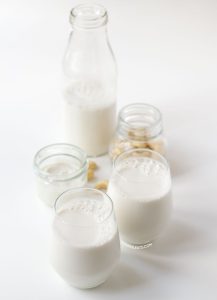
It is also applicable to grain products like oat milk, benefiting from the additional water dilution provided by food-grade steam. However, the choice of the type and model of the heat exchanger will depend on various factors, such as the nature of the process to be performed (pasteurization, sterilization, dehydration, etc.) and the viscosity of the beverage being processed. HRS offers a complete product range, from simple tube-in-tube designs to rotating or reciprocating scraped surface designs, all combining efficient heat transfer with delicate product handling, ensuring product emulsion and no contamination of equipment.
Conclusion
Whether producing plant-based milk products, it is essential to remember that the requirements for pasteurization, sterilization, cooking, or cooling are similar to other beverages with specific ingredients. Therefore, investing in the most effective and efficient processing technology is crucial at every stage of production.
